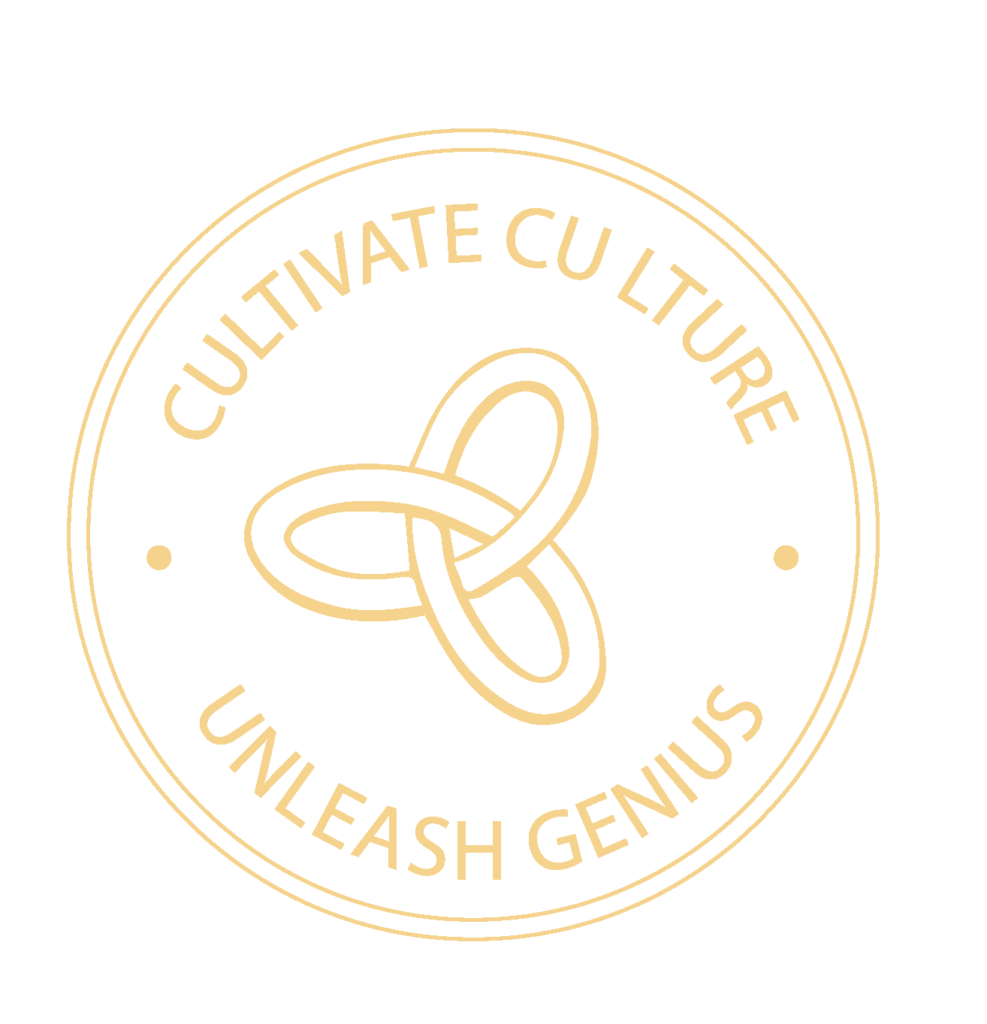National Mentoring Month
Mentorship is a powerful tool, whether it’s focused on supporting young people in the community to uplifting individuals in the workplace. Within your organization, there are likely opportunities to mentor more junior team members, as well as the potential for reverse mentoring relationships where more junior talent is supporting senior talent in concepts, topics, and practices that senior-level team members haven’t been exposed to before.
Observance Suggestion: Give space for your team members to volunteer with youth mentorship programs, allowing paid time off or cultivating community partnerships. Revisit and revise your current workplace mentoring programs to ensure there is cultural competence training so that diverse mentees are truly supported. Reach out to us for support evaluating your current program or help develop a more inclusive program.
Poverty in America Awareness Month
Currently, there are over 37 million people in the United States living in poverty. This means that over 11% of our citizens may not have access to warm clothes, three meals a day, or higher education.
Observance Suggestion: Ensure you’re paying a fair, equitable living wage; keeping up with inflation and cost of living increases. Consider hosting a charity event within your organization. Ask how individuals and employees can use their talents and skills to bring in donations that will benefit those who are struggling with poverty in your communities.
Slavery and Human Trafficking Awareness Month
Each year, millions of people are trafficked for forced labor and sexual exploitation. A crime in which individuals benefit by taking advantage of others for personal gain, the United Nations describes this phenomenon as being characterized by an action using specific means for the purpose of exploitation. While egregious crimes such as abduction can result in human trafficking, modern slavery is more often the result of seemingly benign “opportunities” presented to vulnerable individuals by bad actors — for example, a refugee fleeing from a natural disaster is promised a well-paying job in another state, but when they arrive they are subject to degrading work conditions and are threatened if they attempt to leave.
Observance Suggestion: Bring in a professional so you can learn how to spot and report human trafficking when you see it. Donate to organizations that are working to support survivors. And scrub your supplier list to ensure you’re not supporting products that are using slave labor.
Calendar dates:
January 1 — New Year’s Day (same every year)
New Year’s Day offers rest from the biggest holiday season and optimism for the next year. Many people make resolutions to set boundaries, practice healthier habits, spend more time with their families, or do any number of activities they feel would make the next year even better than the last. This is a great time to reflect on what went down in the past year, what came up, and how to move forward.
Celebration Suggestion: Ask your employees, in their small teams, to collaborate on people and culture resolutions for the coming year. What could be better? What could you work on as a team? What would make the culture inside of your organization stronger and more diverse than before? Consider engaging a culture consultant to help make those resolutions a reality.
January 4 — World Braille Day (same every year)
January 4th recognizes the advancements of Braille while celebrating founder Luis Braille’s birthday. While Braille started with a series of codes and “night writing” to communicate in the Napoleonic Wars, today we know it as the communication for individuals with vision impairments. This tactile “language” makes knowledge more accessible, and we continue to improve that accessibility by incorporating it into digital devices and computers.
Celebration Suggestion: Take a look at your physical building. Is the space accessible to vision-impaired people? Do bathroom signs include braille? How about directions to various offices or any waiting room reading material? Consider your digital spaces, as well — does your website and social media incorporate alt-text descriptions for images to assist those with visual impairments?
January 7 — Christmas (Eastern Orthodox) (every year)
While many people worldwide celebrate Christmas on December 25, the Eastern Orthodox Church recognizes this holiday on January 7th. Individuals celebrate by attending church services and exchanging gifts.
Celebration Suggestion: Orthodox Christian employees may wish to attend the Vigil on Christmas Eve, as well as the Liturgy on Christmas morning. Offer employees the day off to rest, spend time with family, and recognize the holiday.
January 14 — Mahayana New Year (Buddhist)
As one of the two main branches of Buddhism, Mahayana is practiced around the world. This new year is a time for self-reflection on an individual’s journey to Nirvana. Buddhists consider the lessons they’ve learned in the past as well as the goals they have for their future. But don’t let the focus on internal work let you believe the Mahayana New Year is dull — it’s full of feasts and fireworks and celebrations with loved ones, too!
Celebration Suggestion: Talk to the Mahayana Buddhist people inside your organization and learn more about their philosophy (it’s not just a religion). Ask how they’re celebrating their New Year! (Note: Individuals who pracice the Theravada branch of Buddhism celebrate the New Year in April instead of January.)
January 19 — World Religion Day
Celebrated on the third Sunday in January, World Religion Day reminds us that there is a need for harmony and understanding in the different religions around the world. Currently, there are over 4,000 religions worldwide — that’s a lot of opportunities for learning and connection! Differences in religions don’t have to incite fights: they can invite conversation around a person’s beliefs and ideals by which they live and work by.
Celebration Suggestion: Host a seminar in which you hear the voices of several different religions. Learn how they may be similar to a religion you know well, and discover the beautiful differences. You may be surprised to see how closely a religion you don’t know matches up to the one you practice.
January 20 — Martin Luther King, Jr. Day
Today we celebrate Martin Luther King Jr.’s life and achievements. As one of the most influential civil rights leaders, he dedicated his work to racial equality, ending racial segregation in the United States. Through all of his hard work, this day we are reminded of how important it is to continue to work for the celebration of diversity and reach for equity while we address civil rights issues around the globe.
Celebration Suggestion: Many organizations and individuals will post MLK Jr’s most popular quotes — take some time to research the full depth of his work, and try sharing a lesser-known quote or speech to help give a more well-rounded view of Martin Luther King Jr.’s ideas.
January 24 — International Day of Education (same every year)
Education is a basic human right, and yet millions of children around the world are denied a quality education. The International Day of Education was created by the United Nations General Assembly to campaign for better education for all, creating reform and improvements wherever possible.
Observance Suggestion: Research scholarship opportunities in your area and donate to help fund a quality education for those who might not otherwise have access. If possible, consider sponsoring your own scholarship opportunities as an organization. Campaign for donations and funds to help bring education to underserved children and families.
January 26 — International Customs Day (same every year)
Every day, thousands of customs officials work hard to manage world trade safely. They’re right in the middle of many trade operations and processes and help to keep everything running smoothly. International Customs Day celebrates the efforts of these people and the role they have in worldly communications and trade.
Celebration Suggestion: Chances are, you may not know all the customs rules and regulations in your country — this is your chance to learn more about them! The World Customs Organization designates an annual theme to help focus your study. If your organization regularly deals with customs, consider bringing in an expert to ensure your practices are as safe and efficient as possible.
January 27 — International Holocaust Remembrance Day (same every year)
It’s important to remember the heinous genocide Nazi Germany took part in from 1941 to 1945, exterminating over six million Jews and millions of others and establishing more than 40,000 incarceration camps. Remembering the stories of Holocaust victims and survivors is crucial to prevent similar acts in the modern age.
Observance Suggestion: Museums are a valuable part of sharing the stories of Holocaust victims and survivors. Donate to a Holocaust Museum as an organization.
January 29 — Chinese New Year (Year of the Snake)
As the first day of a 15-day celebration, it’s difficult to find a more celebrated day among the Chinese people full of goodwill and good luck. Over 20 percent of the world’s population will be celebrating the Chinese New Year with parades, shouts of blessings, and more fireworks than any other holiday.
Celebration Suggestion: Join the fun! Take part in the red envelope tradition with your employees. Red is a symbol of good luck, and monetary gifts are a wish for good fortune. In keeping with superstition, give money in an even amount, and leave out the number four.
January 29 — Tết (Festival of the First Day)
Tết marks the advent of spring as per the Vietnamese calendar and coincides with Chinese Lunar New Year. It’s a time for pilgrimages and family gatherings, putting the past year’s troubles behind in hope of a joyous new one. Celebrations can span from one day to a week, with lively street festivities where people use firecrackers, drums, bells, gongs, and more to scare away evil spirits. Parades feature performers wearing masks and engaging in múa lân, or lion dancing.
Celebration Suggestion: Organize a potluck or catered lunch featuring traditional Vietnamese dishes like bánh chưng, bánh tét, and phở. This is a delicious way to share the culture and celebrate together. Consider inviting a local lion dance troupe to perform at your office during the meal. This vibrant and energetic act is a highlight of Tết celebrations and brings good luck and prosperity.




